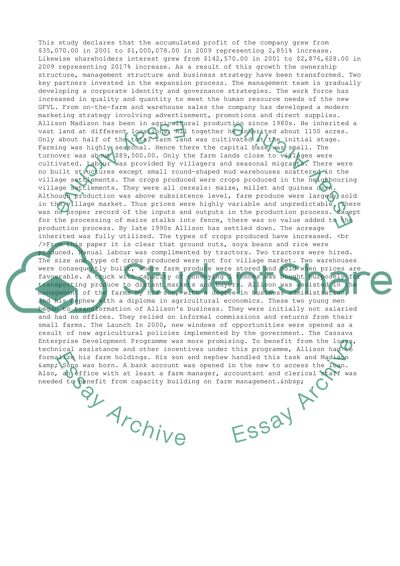Cite this document
(“Greed Field Ventures Limited Case Study Example | Topics and Well Written Essays - 1500 words”, n.d.)
Greed Field Ventures Limited Case Study Example | Topics and Well Written Essays - 1500 words. Retrieved from https://studentshare.org/business/1499557-greed-field-ventures-limited
Greed Field Ventures Limited Case Study Example | Topics and Well Written Essays - 1500 words. Retrieved from https://studentshare.org/business/1499557-greed-field-ventures-limited
(Greed Field Ventures Limited Case Study Example | Topics and Well Written Essays - 1500 Words)
Greed Field Ventures Limited Case Study Example | Topics and Well Written Essays - 1500 Words. https://studentshare.org/business/1499557-greed-field-ventures-limited.
Greed Field Ventures Limited Case Study Example | Topics and Well Written Essays - 1500 Words. https://studentshare.org/business/1499557-greed-field-ventures-limited.
“Greed Field Ventures Limited Case Study Example | Topics and Well Written Essays - 1500 Words”, n.d. https://studentshare.org/business/1499557-greed-field-ventures-limited.


